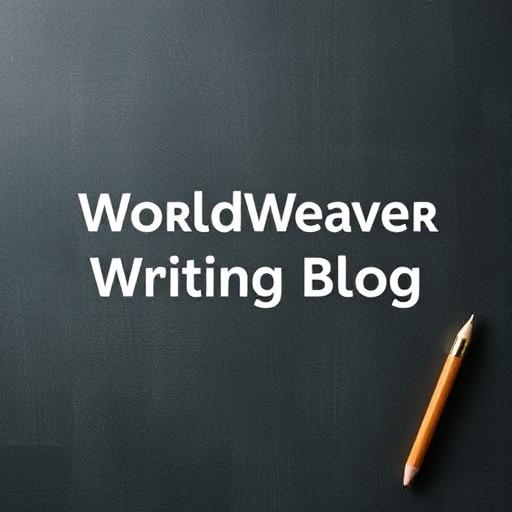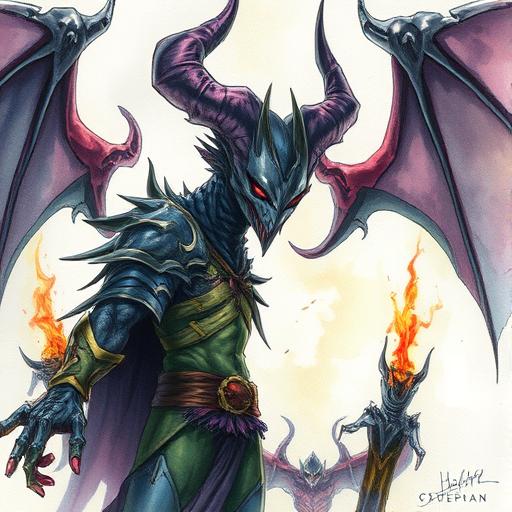Developing Themes and Symbolism in Narrative Fiction for Emotional Resonance
This article explores the importance of themes and symbolism in narrative fiction, providing writers with practical tips and techniques to create emotionally resonant stories. By incorporating well-developed themes and symbolism, writers can add depth and complexity to their narratives, engaging readers on a deeper level.

Introduction to Themes and Symbolism
Themes and symbolism are essential elements in narrative fiction, enabling writers to convey complex ideas and emotions to their readers. A well-crafted theme can elevate a story from a simple tale to a thought-provoking exploration of the human experience. Symbolism, on the other hand, adds layers of meaning to a narrative, inviting readers to interpret and reflect on the story's deeper significance.
Understanding Themes
A theme is an underlying idea or message that emerges from the narrative, often revealing the author's perspective on a particular aspect of life. Themes can be:
- Universal, addressing fundamental human concerns such as love, loss, or redemption
- Social, commenting on issues like inequality, justice, or morality
- Personal, exploring individual experiences and emotions like identity, trauma, or relationships
To develop a theme, writers should consider what message they want to convey and how they can integrate it into the narrative. This can be achieved by:
- Creating characters that embody the theme
- Using plot events to illustrate the theme
- Incorporating symbolic elements that reinforce the theme
The Power of Symbolism
Symbolism is a potent tool in narrative fiction, allowing writers to convey complex ideas and emotions through objects, colors, or other elements. Effective symbolism can:
- Create a rich, layered narrative
- Invite reader interpretation and engagement
- Reinforce the theme, adding depth and complexity to the story
Examples of symbolism in literature include:
- The green light in F. Scott Fitzgerald's The Great Gatsby, representing the elusive American Dream
- The white whale in Herman Melville's Moby-Dick, symbolizing obsession and the unattainable
Integrating Themes and Symbolism
To integrate themes and symbolism into a narrative, writers should consider the following techniques:
- Use narrative structure techniques to create a cohesive and engaging story
- Develop characters that embody the theme, using their experiences and emotions to illustrate the idea
- Incorporate symbolic elements, such as objects, colors, or settings, to reinforce the theme and add depth to the narrative
| Technique | Description | Example |
|---|---|---|
| Character development | Create characters that embody the theme | A protagonist struggling with identity |
| Symbolic imagery | Use objects, colors, or settings to convey meaning | A red rose symbolizing love or passion |
| Plot events | Use events to illustrate the theme | A character's journey towards redemption |
Crafting Emotional Resonance
Emotional resonance is critical in narrative fiction, enabling readers to connect with the story on a deeper level. To craft emotional resonance, writers should:
- Create relatable characters, using their experiences and emotions to illustrate the theme
- Use sensory details to bring the narrative to life, engaging the reader's senses and imagination
- Explore complex emotions, such as joy, sadness, or fear, to create a nuanced and realistic story
By incorporating well-developed themes and symbolism, writers can create narratives that resonate with readers, leaving a lasting impression and inviting reflection and interpretation.
Conclusion
Developing themes and symbolism in narrative fiction is essential for creating emotionally resonant stories. By understanding the importance of themes and symbolism, and using techniques such as character development, symbolic imagery, and plot events, writers can craft narratives that engage and inspire readers. For more information on narrative structure and techniques, visit our article on narrative structure techniques.
Comments
Comments are hidden to save bandwidth. Load them when you want to read or leave one.






